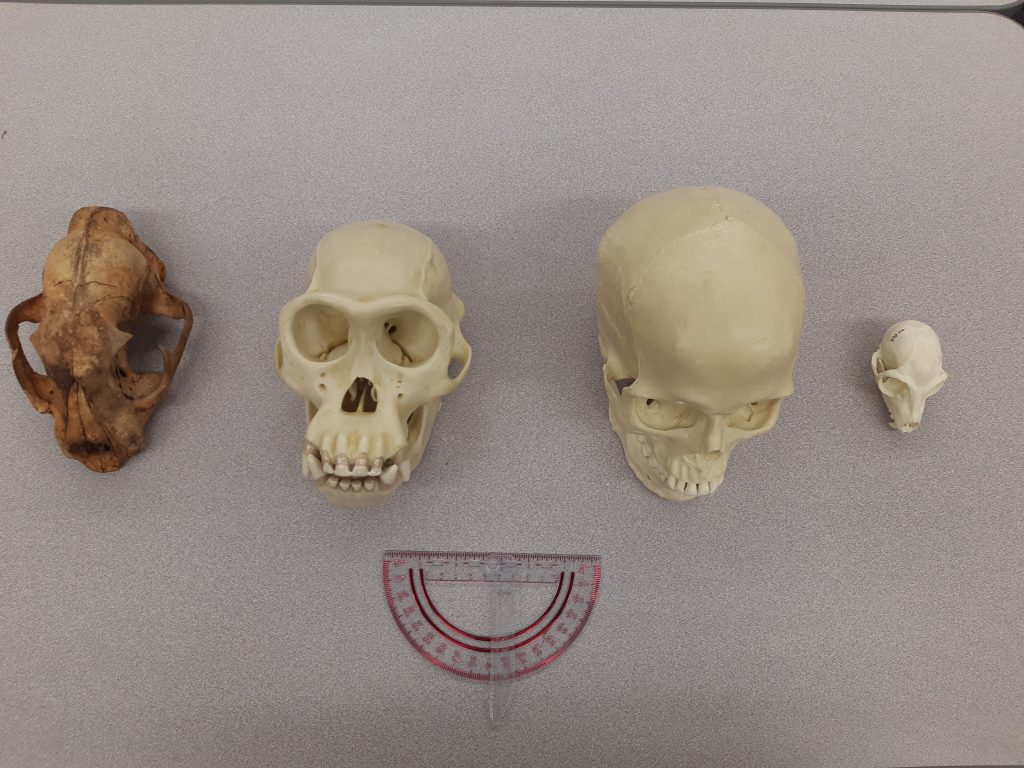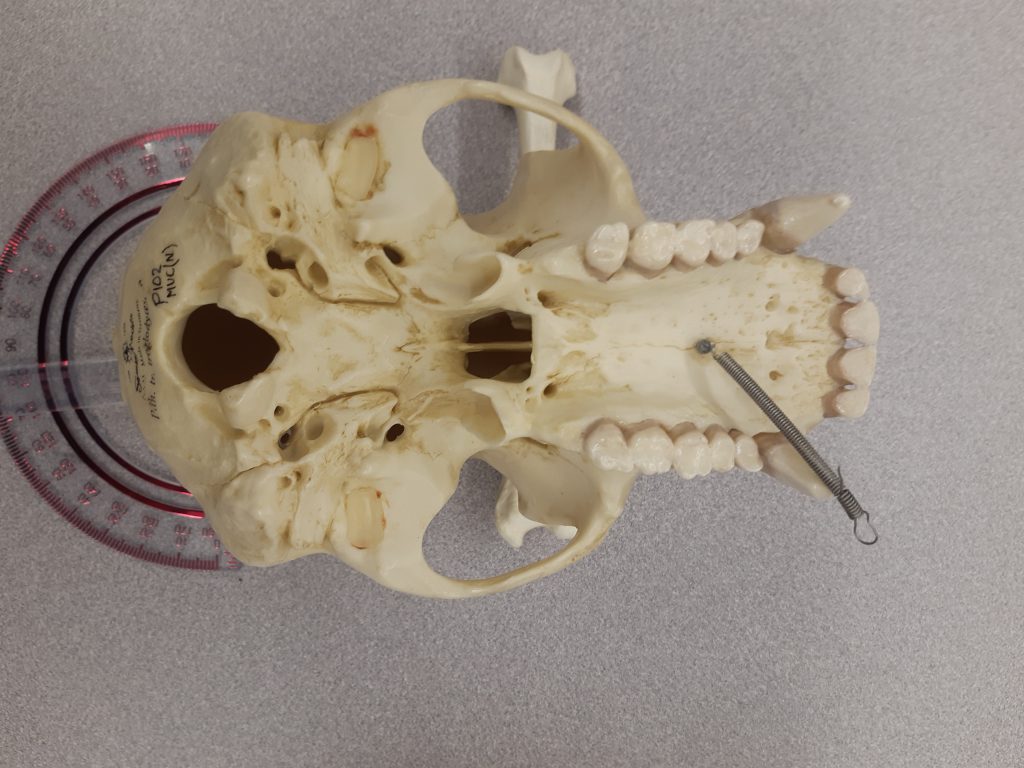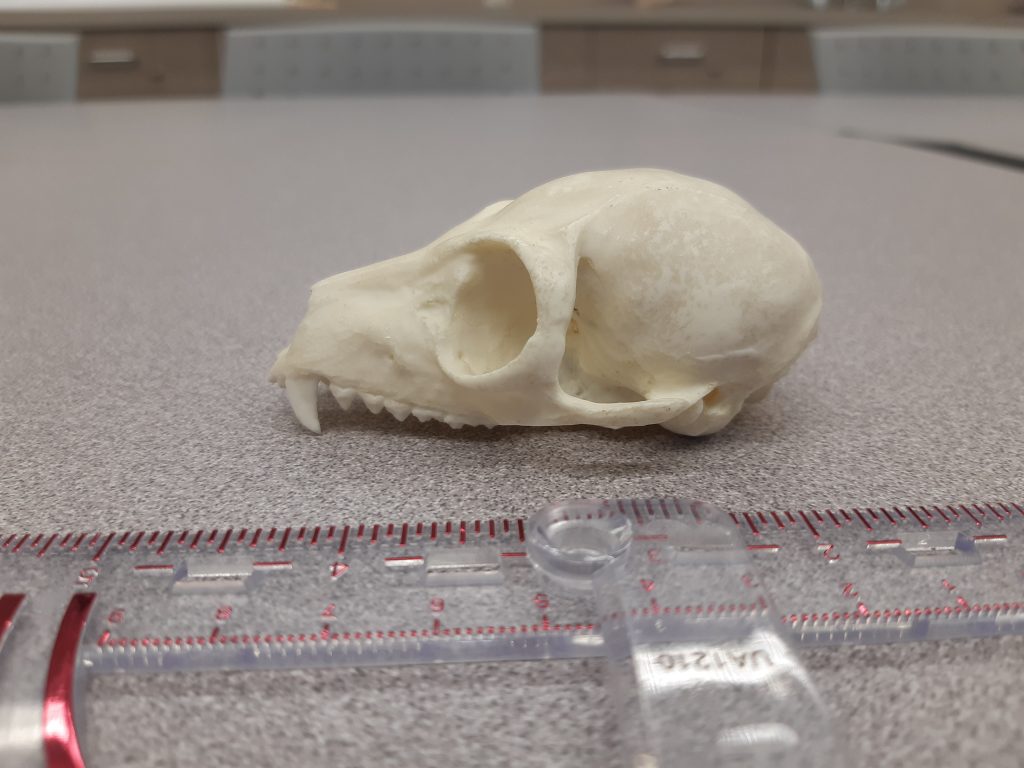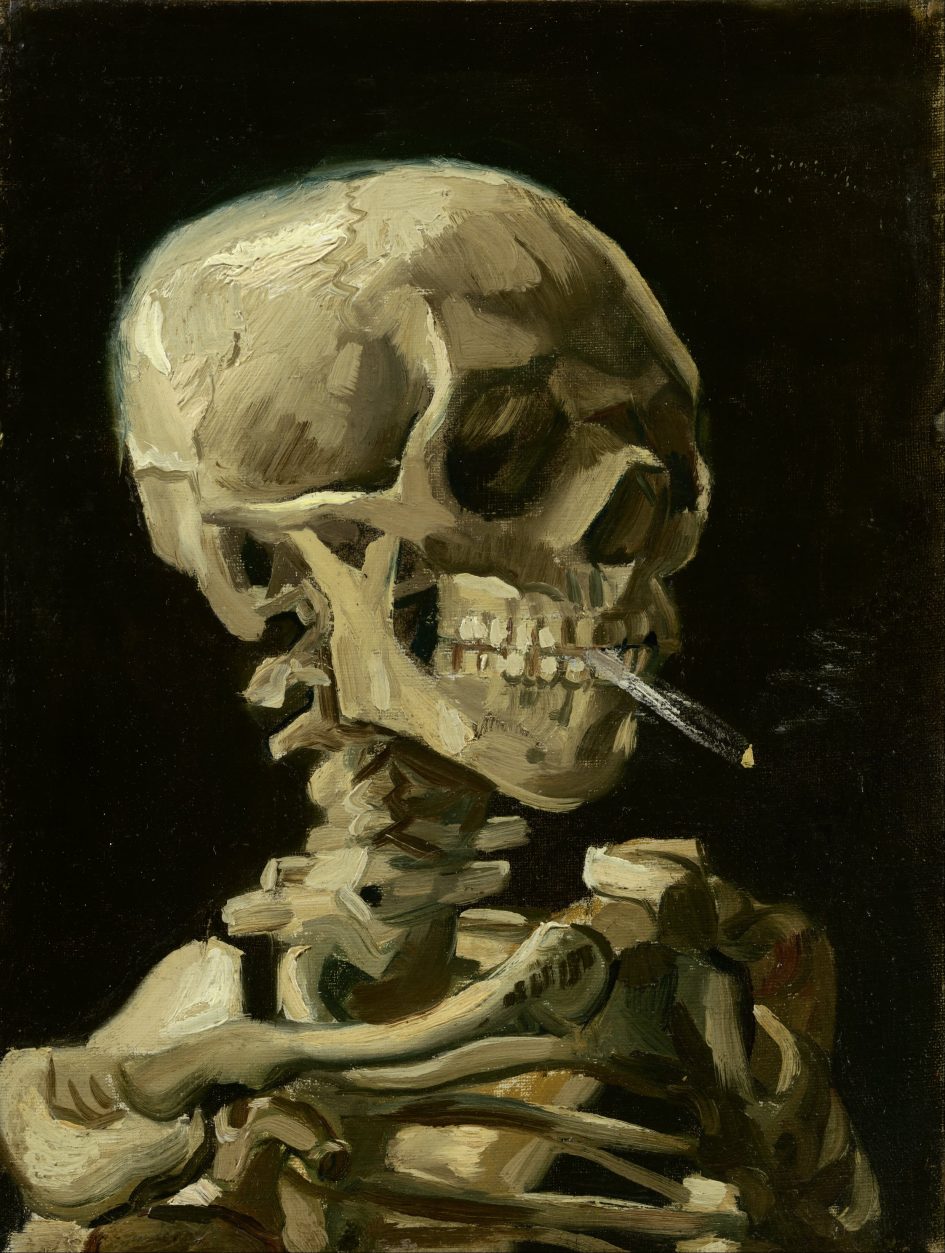Quote: “How do you get the experience of handling, examining and comparing the material in an environment where you can’t have the material?”
Assessment Challenge:
Dave Hopwood’s Anthropology labs provide hands-on experiences for students. They manipulate and examine skeletal material of both humans and primates to identify differences between species. His challenge was how to give the experience of handling and comparing material to students who are in an environment where they can’t actually manipulate and examine skeletal material.
Solution:
Provide students with the next best thing: a rich collection of photos and visible cues to help them engage with the material. Dave photographed all of the material, taking more than 200 photos, and organized them all in one big PowerPoint slide show that he made available on VIULearn. The objects were photographed at different angles, using scales to help reference size and proportion. Then, students had to answer questions to help them identify which organisms they were looking at and how they reflect functional differences in these groups.
For example, in one station, students are presented with the cranium of a human, an ape, a prosimians and a non-primate mammal. They must identify each and explain how they came to their determination. They must also explain why the position of a certain feature is different in each of the individuals. In another example, students are presented with the complete skeleton of a modern human and a chimpanzee. Students must examine these images and describe the differences in shape and proportion of the two skeletons, explaining how these differences relate to diet, locomotion and habitat.
Although the construction of the file took a long time, Dave feels that it is working. Students are enjoying the assignments and they are getting the information he is trying to convey.




Leave a Reply